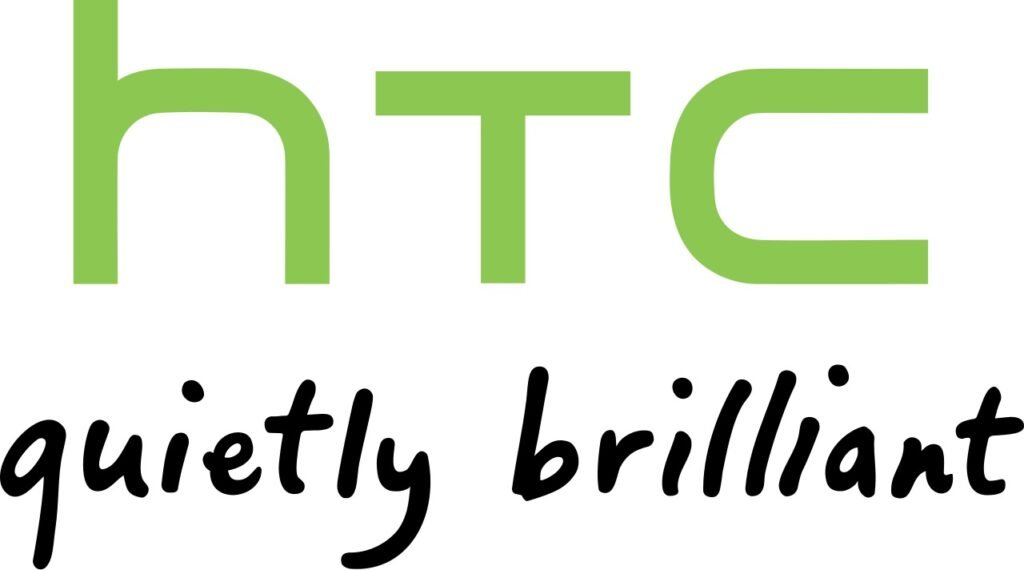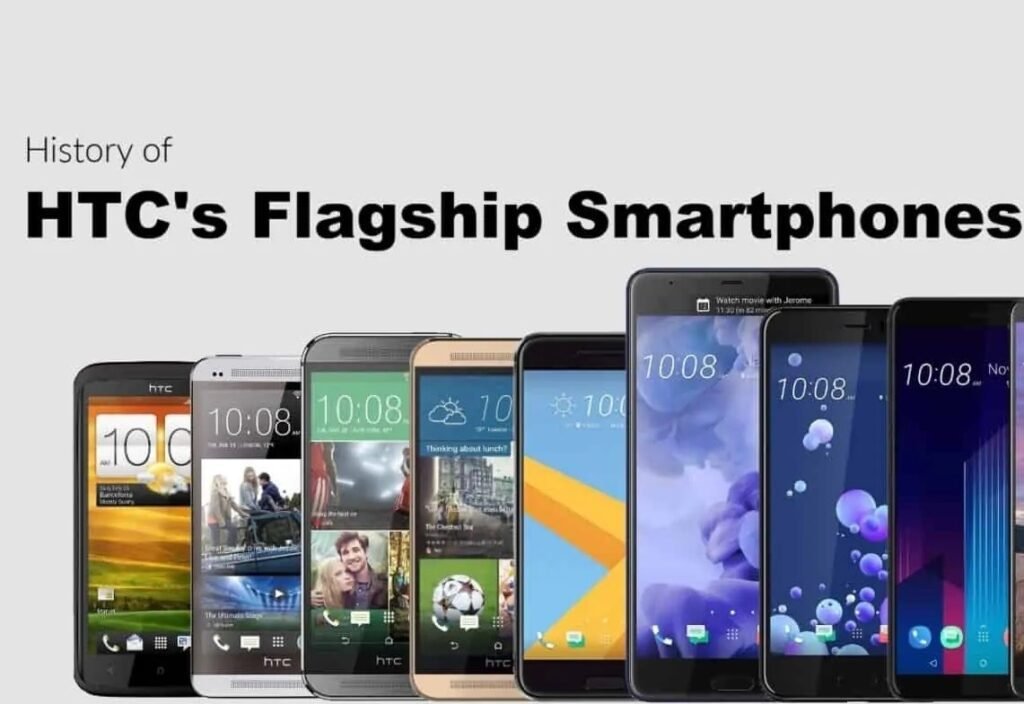HTC Marketing Strategy – Marketing Strategy of HTC: High Tech Computer Corporation, also known as HTC Corporation, is a Taiwan-based computer electronics company. This Taiwanese company makes and sells tablets and smartphones.
It is the leader in bringing to life some of the most innovative technology. In 1998, it launched the World’s very first touch and wireless handheld device. The World’s first 3G smartphone, the first Android phone in 2007 and 2008, the World’s second 4G Android phone in 2010, and many others.
The brand has several smartphone models, including the HTC Desire series and HTC U series.
HTC At A Glance – Marketing Strategy of HTC
Contents
- 1 HTC At A Glance – Marketing Strategy of HTC
- 2 HTC Competitors
- 3 Marketing Strategy of HTC
- 4 Marketing Strategy of HTC – Segmentation, Targeting, Positioning
- 5 HTC Mission Statement
- 6 HTC Vision Statement
- 7 HTC Tagline
- 8 HTC Marketing Strategy – Competitive Advantage
- 9 HTC Marketing Strategy – BCG Matrix
- 10 Marketing Strategy of HTC – Distribution Strategy
- 11 HTC Marketing Strategy – Brand equity
- 12 HTC Marketing Strategy – Competitive Analysis
- 13 HTC Marketing Strategy – Market Analysis
- 14 Marketing Strategy of HTC – Customer Analysis
[wp-svg-icons icon=”office” wrap=”I”] Company : HTC
[wp-svg-icons icon=”user” wrap=”I”] CEO: Cher Wang
[wp-svg-icons icon=”user” wrap=”I”] Founder: Cher Wang | H. T. Cho | Peter Chou
[wp-svg-icons icon=”calendar” wrap=”I”] Year founded: May 15, 1997, Taiwan
[wp-svg-icons icon=”location-2″ wrap=”I”] Headquarters: Taoyuan City, Taiwan
[wp-svg-icons icon=”stats” wrap=”I”] Annual Revenue: TWD 23.7 billion
[wp-svg-icons icon=”bars” wrap=”i”] Profit | Net income: TWD 12 billion
[wp-svg-icons icon=”pie” wrap=”i”] Products & Services: Smartphones, VR headsets, Laptop
[wp-svg-icons icon=”globe” wrap=”I”] Website: www.htc.com
HTC Competitors
[wp-svg-icons icon=”pacman” wrap=”I”] Competitors: Apple | Dell Technologies | Huawei | Nokia | Samsung | Lenovo | LG
Marketing Strategy of HTC
HTC’s Marketing Strategy covers various aspects of the business right from segmentation and targeting to the overall mission and vision of the company and the various parameters which the company executes to become the top brand that it has in the market. So what is the Marketing Strategy of HTC? Let us discuss.
Marketing Strategy of HTC – Segmentation, Targeting, Positioning
Segmentation of the brand is based on customer groups. This includes young customers looking for trusted smartphones and tablets that are technologically advanced. HTC has been a pioneer in creating customer experiences over the last 20 years. This includes long-lasting batteries, an innovative design, and a liquid screen.
The brand targeted a select segment of the market, i.e. young people whose smartphones are an integral part of their everyday lives.
HTC is a customer-centric, technology-driven business that enhances the user experience with its devices.
HTC Mission Statement
brings brilliance to life through leading innovation in smart mobile devices and experience design.
HTC Vision Statement
“Not Available”
HTC Tagline
“Squeeze for the Brilliant U”
HTC Marketing Strategy – Competitive Advantage
State-of-the-art Research & Design:
Since its inception, the company has focused on its In-House research capabilities. Around 30% of its workforce are R & D professionals. 14% of total company revenues go to R & D.
Limited Products Line:
A brand that has few products using state-of-the-art technologies is a competitive edge. Customers can remember the portfolio products and keep them top of mind while they refer them to others.
HTC Marketing Strategy – BCG Matrix
HTC’s two main reporting businesses are smartphones and virtual reality devices.
Smartphone Business is constantly in competition with established players such as Samsung, Apple, and new entrants to the market like Vivo, Vivo, Oppo, Micromax, etc. In 2016, the business turned into losses for the third straight year (revenue decreased from $ 9.7 billion down to $ 2.6 million) and is now a question mark in the BCG matrix.
It partnered with Valve to create Virtual reality devices. However, they are still struggling to make a mark in the markets that which it operates. This is why it is still a question mark in BCG’s matrix.
Marketing Strategy of HTC – Distribution Strategy
HTC distributes its products through a mix of channels, including retail outlets, partnering telecom operators, electronic stores like Amazon, Alibaba, and eBay, as well as through HTC’s stores, which offer 0% financing for 24 months of EMI.
It works closely with upstream partners, i.e. It works closely with the upstream partners i.e. telecom carriers to bundle its offerings and make it easy for buyers to purchase one at an affordable EMI option.
HTC Marketing Strategy – Brand equity
The brand’s earlier taglines were “Quietly Brilliant”, which was later replaced by “The Pursuit of Brilliance”, in 2015. “Squeeze For the Brilliant U” has been replaced recently to reflect the brand’s dynamic and aspirational values.
The brand was ranked 77 on the Forbes list of most powerful brands (2012), and 1182 on the Forbes list of Global 2000 Companies.
HTC has won numerous awards and honors in 2016, including the Consumer Electronics Show 50 Awards and the Mobile World Congress HTC VIVE virtual-reality devices award.
HTC Marketing Strategy – Competitive Analysis
Companies such as Acer and Samsung have a complete line-up of electronics and meta-market products that they can leverage rising potential demand. HTC, on the other hand, has limited its presence in the smartphone market to stay focused, unlike companies like Xiaomi, which entered into N product categories but failed to make the mark.
HTC continues to improve the user interface and aesthetics of its smartphones to stay ahead in the market.
HTC Marketing Strategy – Market Analysis
Market share has increased from cannibalizing among smartphones, tablets, notebooks, and laptops. HTC works closely with suppliers upstream to ensure that the parts, parts, and operating systems are delivered on time.
The market is shifting from mobile-centric to cloud-centric. This gives users a seamless experience and allows them to access their things from any place they choose.
Marketing Strategy of HTC – Customer Analysis
Customers in the Retails business segment are people who believe in virtual reality and want to connect in a dynamic environment. These customers range in age from 20-to 40.
The brand also operates in the B2B sector. In this segment, it works on virtual reality by partnering with VIVE to market its VR Headset and system to the various markets it serves. This segment of the business has its final customers in the age range of 10-16-year-olds and adults.
You May Also Like:
- Marketing Strategy of Vodafone – Vodafone Marketing Strategy
- Marketing Strategy of Marlboro – Marlboro Marketing Strategy
- Marketing Strategy of Oracle – Oracle Marketing Strategy
- Marketing Strategy of SHELL – SHELL Marketing Strategy
- Marketing Strategy of Uber – Uber Marketing Strategy
This is the Marketing Strategy of HTC. Please let us know if you have additional suggestions to add.
[wp-svg-icons icon=”bubbles” wrap=”i”] Let us know What do you think? Did you find the article interesting?
Write about your experiences and thoughts in the comments below.

